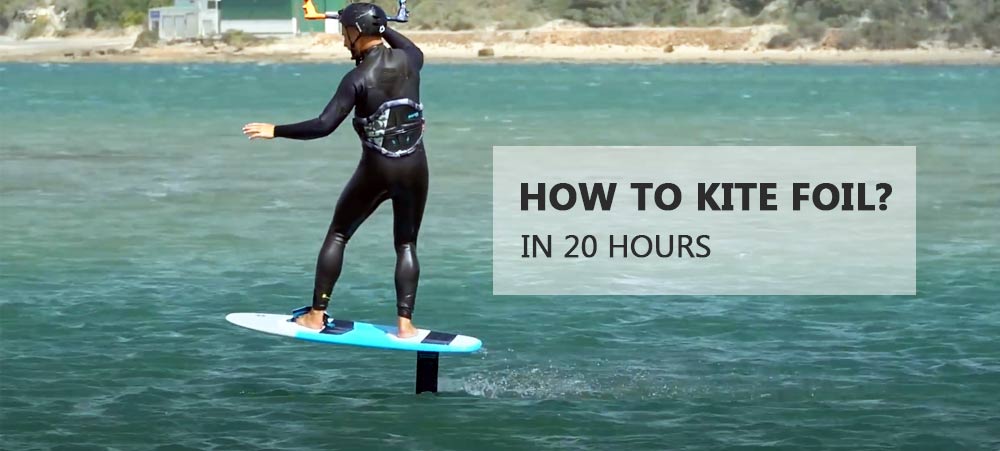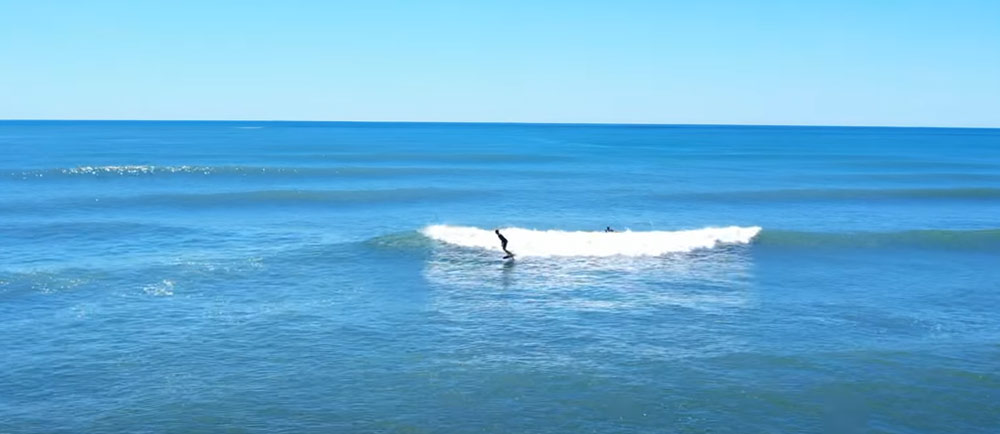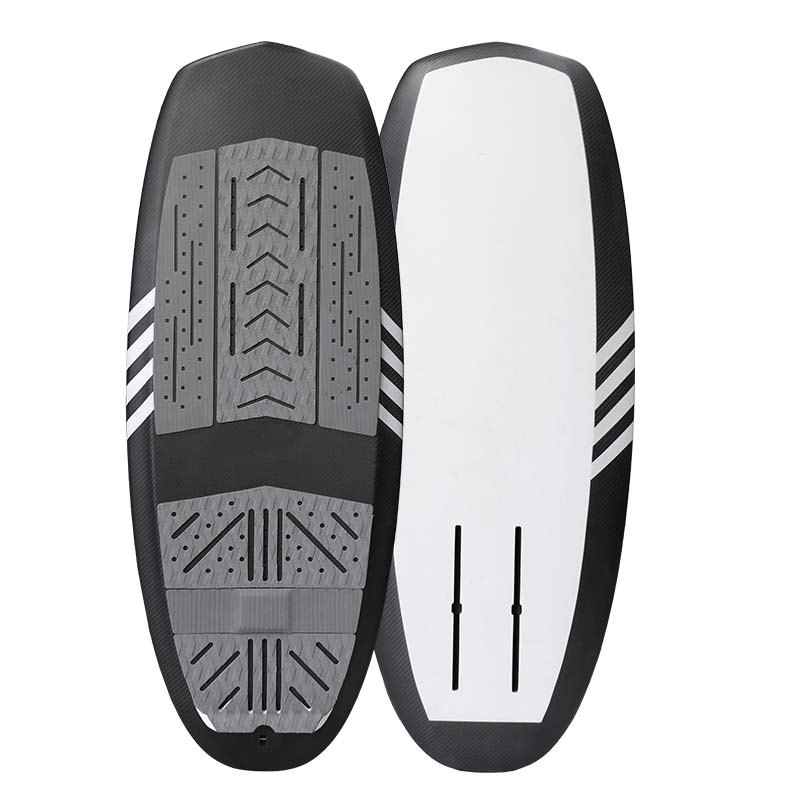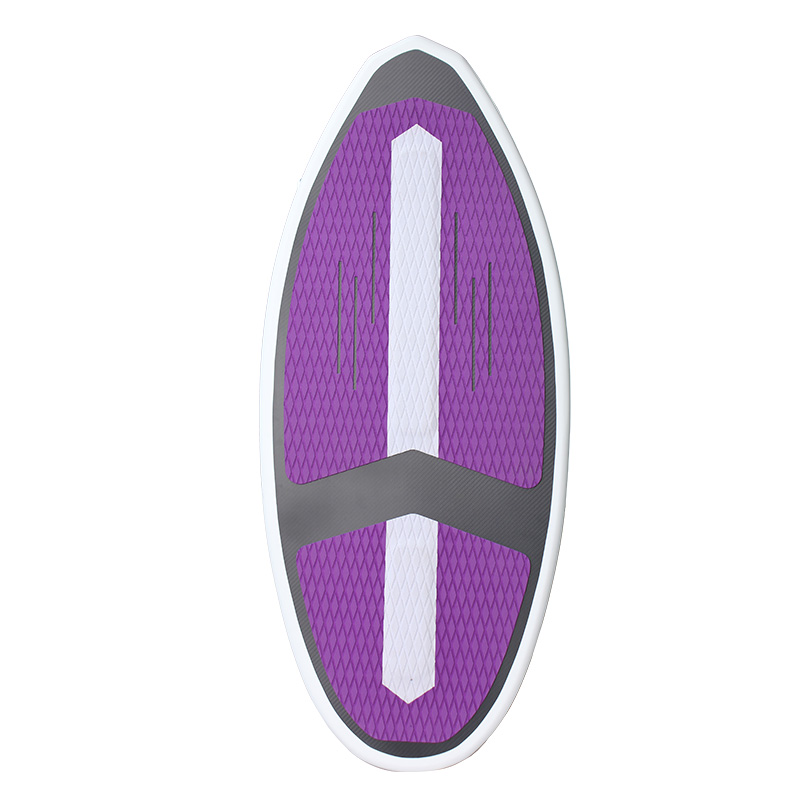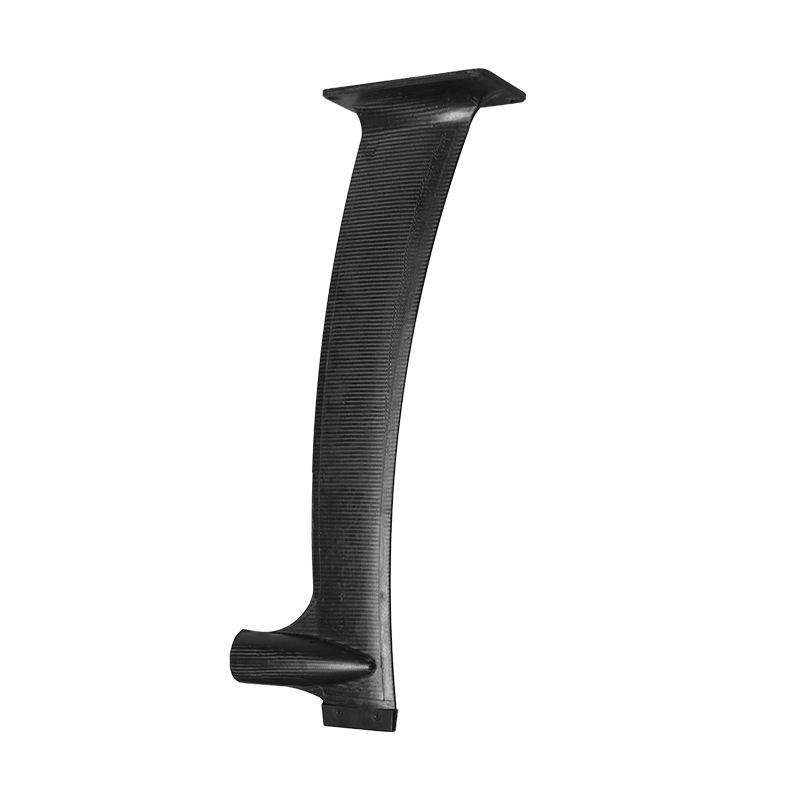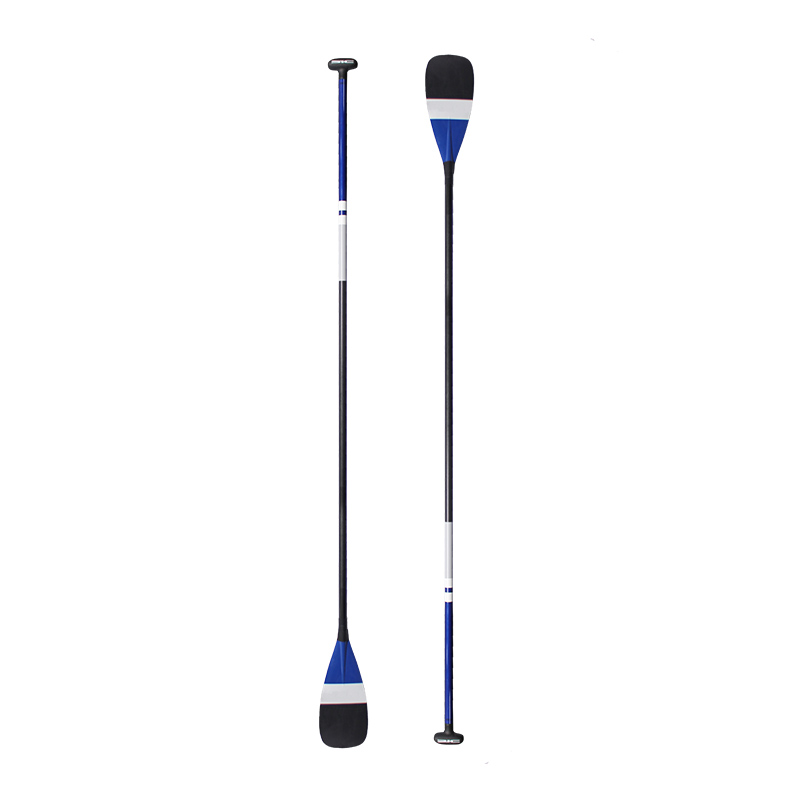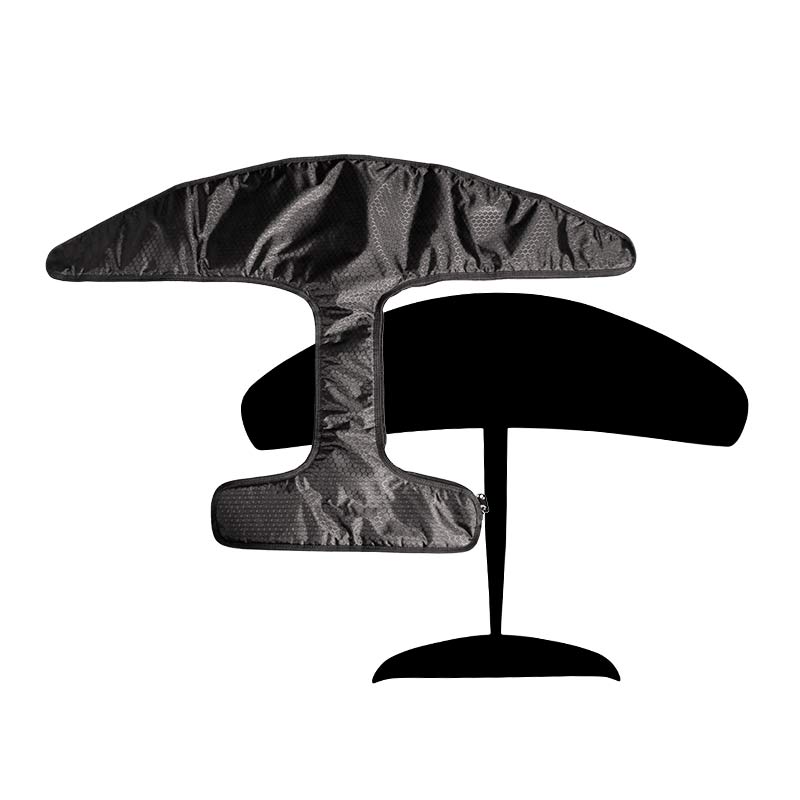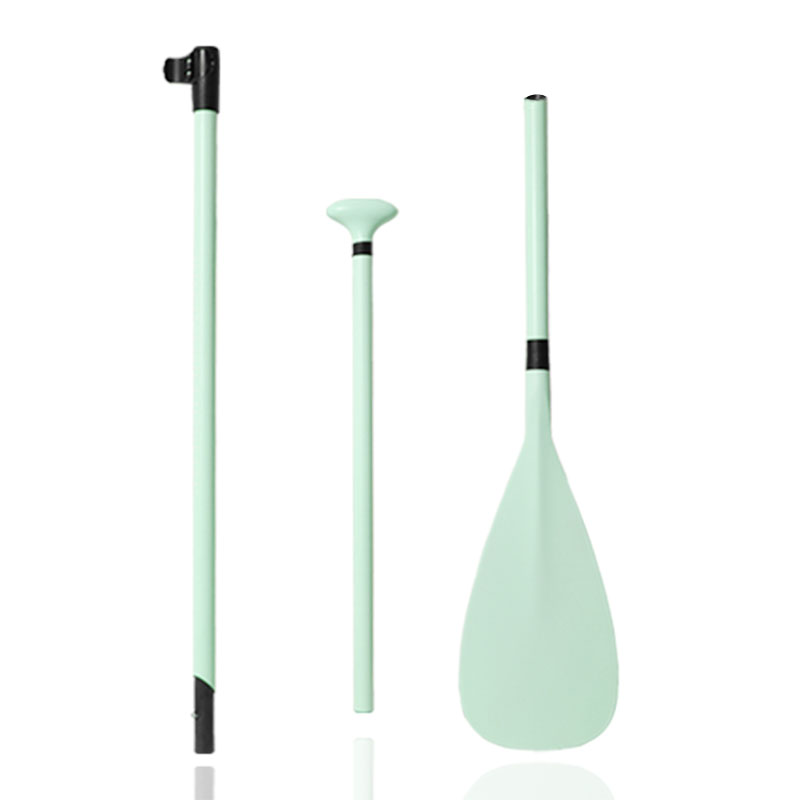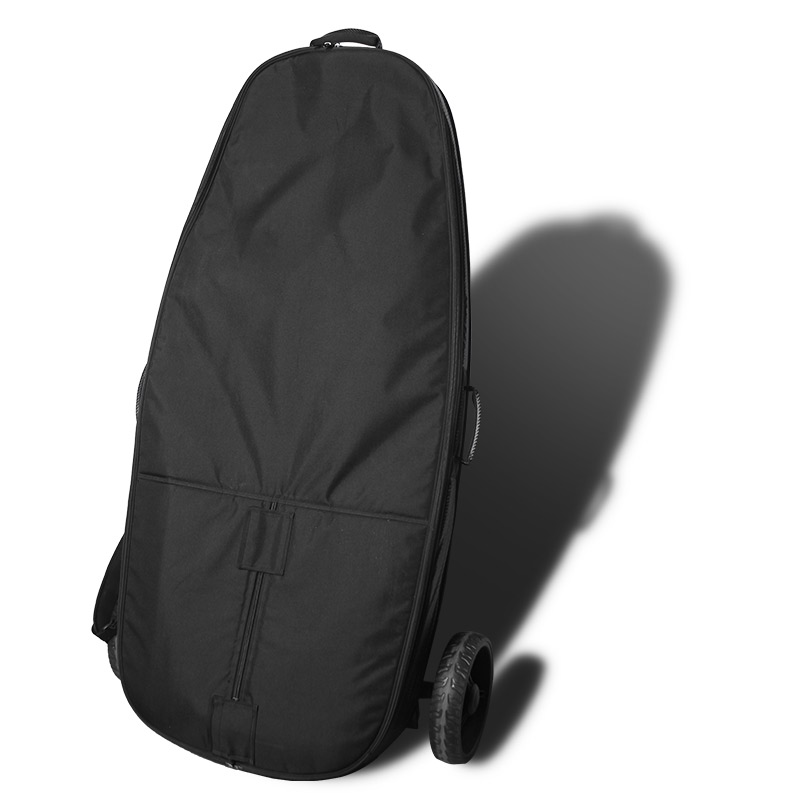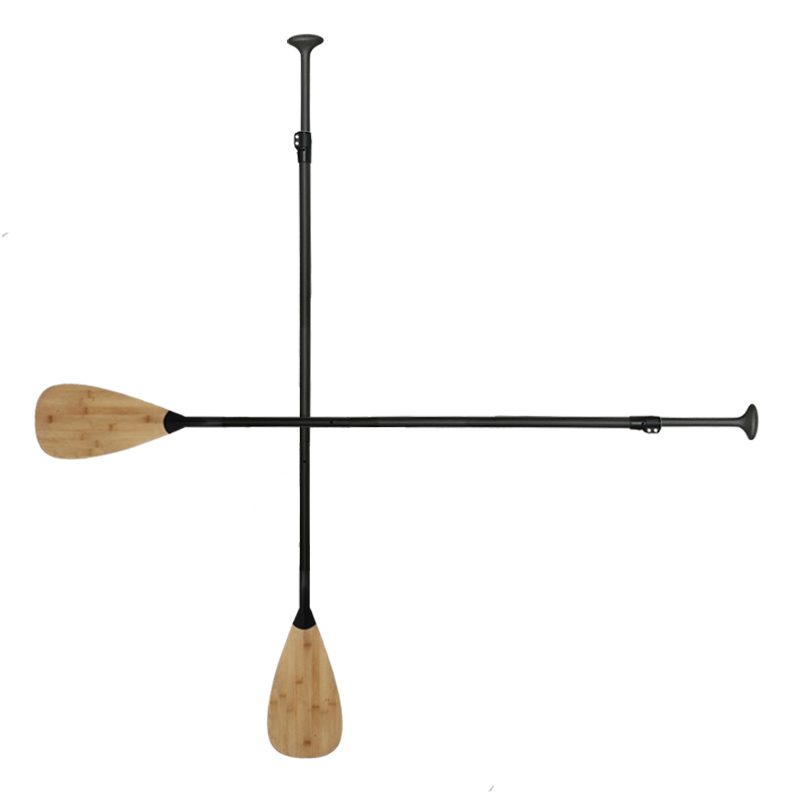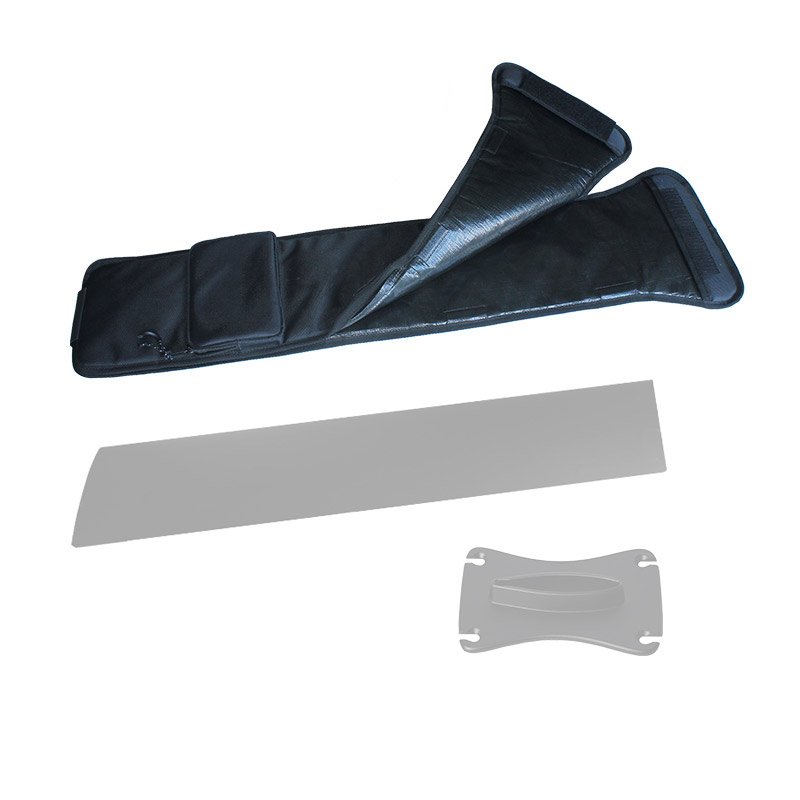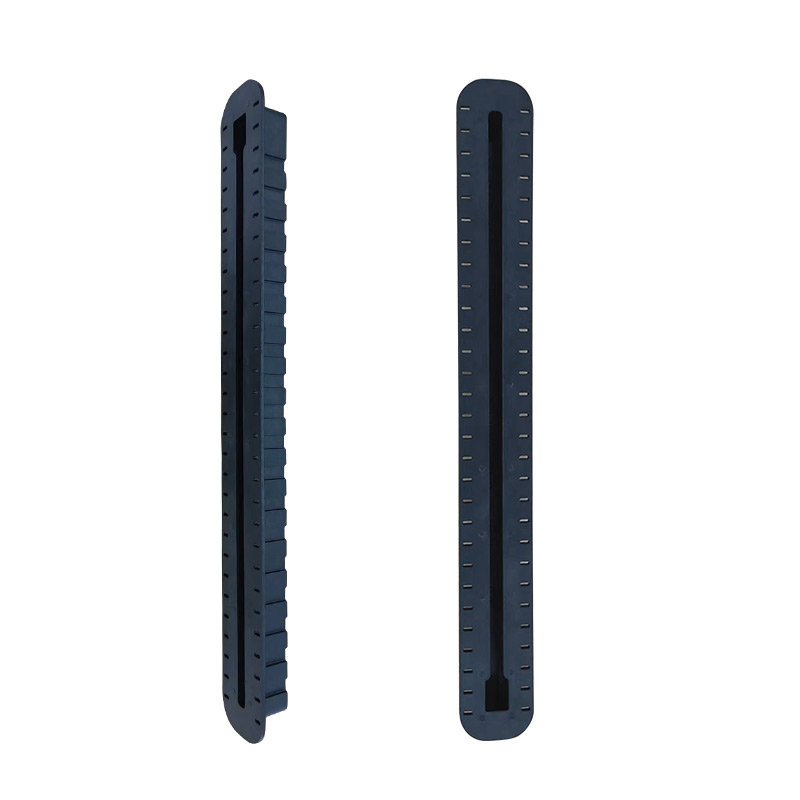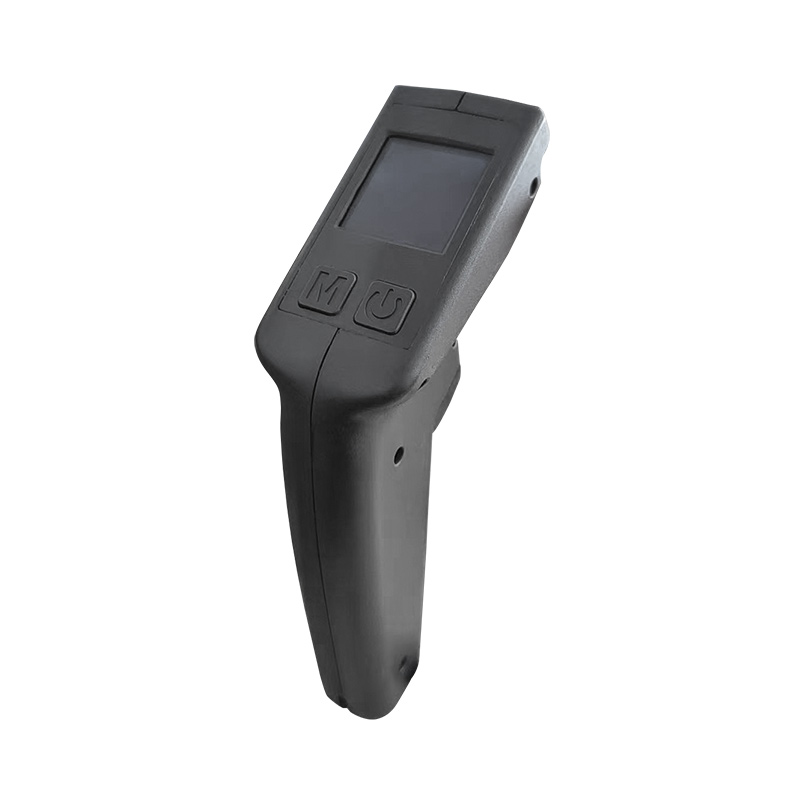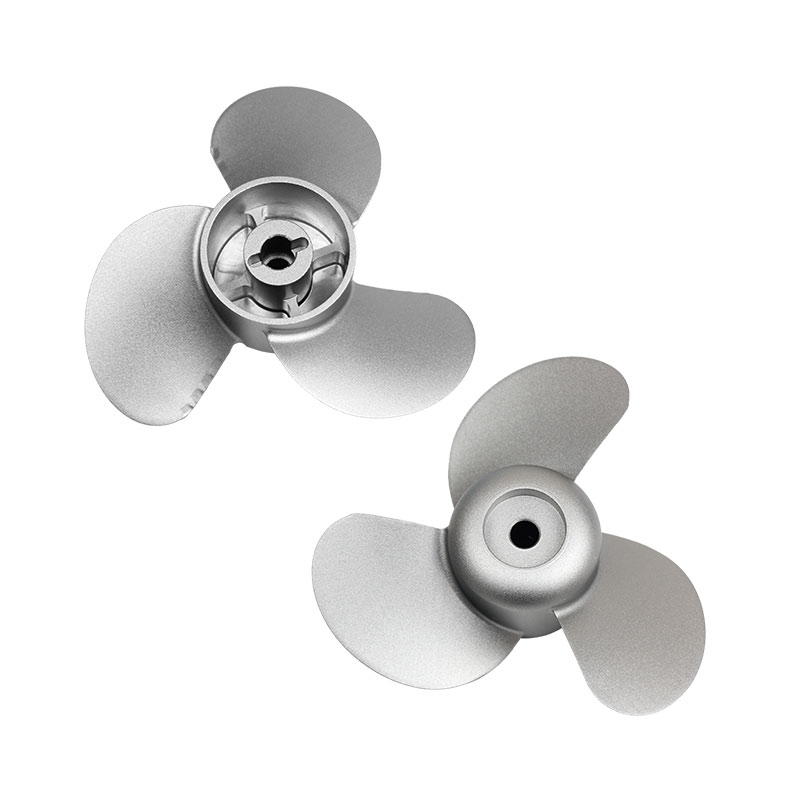A paddle board seat is an accessory that can be added to a stand-up paddleboard (SUP) to provide additional comfort and support for the rider. While traditional stand-up paddleboarding involves standing on the board and using a paddle to propel yourself, paddle board seats allow you to sit down while paddling. Which is a very “comfortable” surf accessory for water sports.
Today, I will show you what the paddleboard seat is and some common types on the market. And if you need the paddles of SUP, welcome to click the link to have a check.
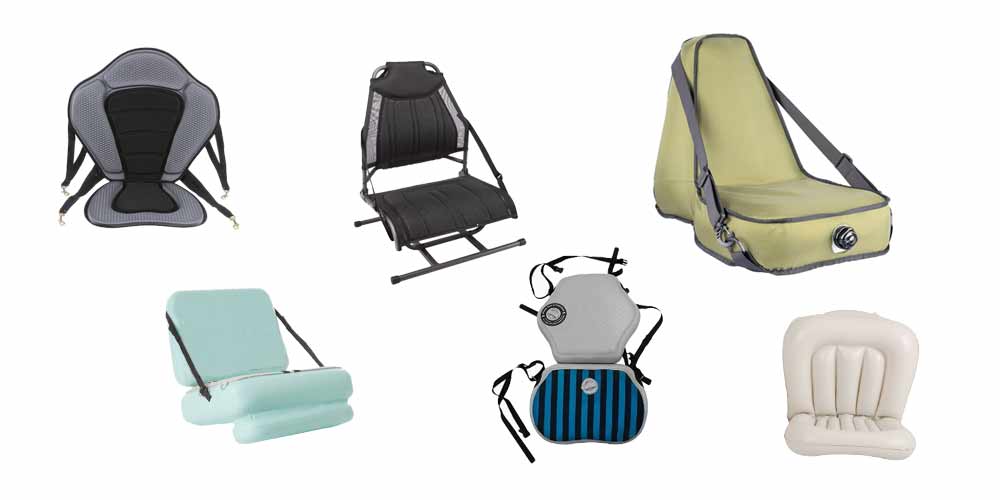
The Board Paddling Seat Features
Paddle Board Seats, often referred to as SUP board seats or kayak-style seats when they resemble kayak seats, come with several features designed to enhance comfort and usability while paddleboarding. These features can vary depending on the specific seat model and brand, but here are some common features you might find in it.
- Adjustable Straps: Most SUP board seats have adjustable straps or buckles that allow you to secure the seat firmly to the paddleboard. Adjustable straps ensure a secure and comfortable fit for different riders.
- Padded Seat Cushion: Many SUP seats include a padded seat cushion for added comfort during longer paddling sessions. The padding can be made of foam, gel, or other cushioning materials to provide support and reduce discomfort.
- Backrest: A backrest is a key feature of most SUP board seats. It provides support for your lower back, making it easier to maintain an upright posture while paddling. Some backrests are adjustable in terms of height or angle.
- Armrests: Some kayak-style SUP seats have armrests that provide additional support and comfort. These armrests can help reduce fatigue in your arms and shoulders during paddling.
- Built-in Storage: Certain SUP seats come with built-in storage options, such as pockets or pouches. These can be useful for storing small essentials like sunscreen, keys, or a water bottle.
- Durable Materials: High-quality SUP board seats are often made from durable materials that can withstand exposure to water and UV rays. Look for seats with materials that resist fading, mildew, and damage from the elements.
- Quick-Dry Design: Seats designed for paddleboarding are often constructed with quick-drying materials to prevent them from retaining water and becoming uncomfortable when wet.
- Portability: Some SUP seats are designed to be easily detachable and portable. They can be rolled up or folded for convenient transport and storage.
- Attachment Points: Many seats have attachment points or D-rings that allow you to secure the seat to the paddleboard using straps or clips. These attachment points ensure the seat remains in place during use.
- Compatibility: Ensure that the seat you choose is compatible with your specific paddleboard model. Different boards may have different attachment points and configurations.
- Versatility: Some SUP seats are versatile and can be used on various types of paddleboards, including inflatable SUPs and rigid boards.
- Weight Capacity: Check the weight capacity of the seat to ensure it can safely support your body weight.
With these features, the seat can be especially useful for a variety of reasons, such as Comfort, Stability, Rest, Fishing, Yoga and fitness, and so on. People can choose the features they need when buying.

The Paddle Board Seat Type and Classify
Paddleboard seats come in various types and designs, each catering to different preferences, activities, and levels of comfort. Here are some common types and classifications on the market.
- Inflatable Paddle Board Seat:
- Kayak seat for paddle board: These seats are inflatable and often resemble the seats found in kayaks. They provide back support and are typically attached to D-rings on the paddleboard. Some have adjustable straps for a secure fit.
- Detachable Board Seats:
- Detachable Bench Seat: These seats are typically detachable and can be secured to the paddleboard using straps or clips. They are often padded for comfort and provide backrest support.
- Detachable Stadium-Style Seat: Similar to bench seats, these have a stadium-style design with a backrest and sometimes armrests. They offer good back support and comfort.
- Yoga and Fitness SUP Seats:
- Yoga Deck Pad Seat: Designed for yoga and fitness activities on the water, these seats are often integrated with a yoga deck pad. They provide a comfortable, non-slip surface for exercises and poses.
- Racing SUP Seats:
- Low-Profile Racing Seat: These seats are designed for competitive paddleboarding, such as SUP racing. They offer minimal padding and a low profile to reduce wind resistance.
- Fishing Paddle Board Seats:
- Fishing Seat Attachment: Specifically designed for fishing enthusiasts, these seats often have additional features such as rod holders, tackle storage, and sometimes swivel bases for casting in different directions.
- Deluxe Paddle Board Seats:
- Deluxe Padded Seat: These seats are heavily padded for maximum comfort and support. They may have adjustable straps, backrests, and sometimes even built-in storage pockets.
- DIY or Homemade Seats:
- Some paddleboarders create their own seats using foam, cushions, or other materials to suit their specific needs. These DIY seats can vary widely in design and comfort.

Selecting Your Paddle Board Seats
When selecting a paddle board seat, consider the type of paddleboarding you plan to do and your personal comfort preferences. Additionally, ensure that the seat is compatible with your specific paddleboard, as attachment methods can vary between models. It’s also essential to properly secure the seat to the board to prevent it from shifting or coming loose while on the water.
Ultimately, the choice of a paddle board seat should enhance your paddleboarding experience by providing comfort and support, whether you’re leisurely paddling, fishing, doing yoga, racing, or engaging in other activities on your SUP.

